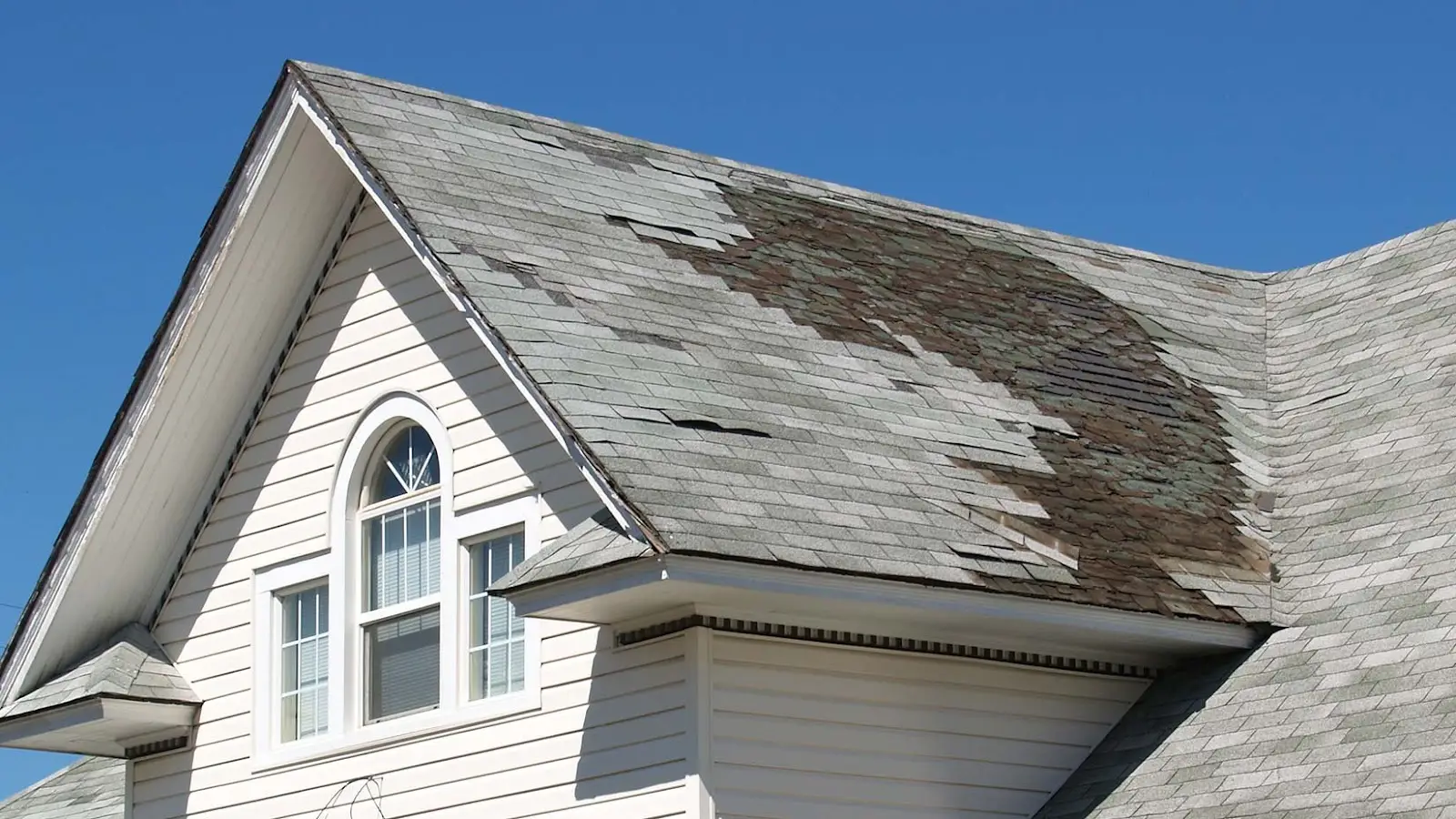
The journey of buying or refinancing a home involves numerous crucial steps, and among the most vital is the home appraisal. Far more than just a cursory glance, this process is a meticulous evaluation designed to establish the true market value of a property. For both buyers and sellers, understanding what a licensed appraiser truly looks for can be the key to a smoother transaction and avoiding unwelcome surprises, especially when realtors utilize appraisal addendums in competitive markets. It’s the cornerstone that ensures a mortgage lender isn’t extending a loan for more than a home is genuinely worth.
While often conflated with a home inspection, an appraisal serves a distinct purpose. A home inspection, which can last several hours, focuses on the property’s overall condition to ensure it is habitable and identifies necessary repairs, communicating these findings directly to the buyer or seller. In contrast, a home appraisal is typically a much shorter affair, often lasting just 30 to 45 minutes, with the primary goal of determining the property’s value for the mortgage lender. Appraisers are licensed, unbiased third-party professionals who bring years of training and expertise to this critical evaluation, ensuring a fair assessment without any ties to the parties involved in the transaction.
Preparing for appraisal day can significantly impact the outcome, potentially helping your home appraise favorably. While certain factors like location or a home’s age are immutable, many other elements are within a homeowner’s control. From addressing visible repairs to documenting significant upgrades, knowing where appraisers focus their attention can empower you to present your property in the best possible light. This in-depth look will help both buyers and sellers navigate the appraisal process with confidence, shedding light on the often-overlooked details that can make or break a home’s valuation.

1. **The Home’s General Condition and Overall Upkeep**One of the first things an appraiser notes is the general condition of the home, which provides an immediate snapshot of its habitability and maintenance level. They meticulously observe the materials used throughout the property, the overall physical state, and any glaring aspects that could compromise safety or structural integrity. If any part of the home appears structurally unsound or unsafe for occupancy, it will be a significant point of concern in their report, impacting the estimated value.
Beyond just structural elements, appraisers are keen observers of a home’s general upkeep. This isn’t about whether your home is spotless; rather, it’s about identifying signs of neglect. They’ll look for issues such as missing door handles, persistently leaking faucets, broken windows, damaged floors, cracked walls, broken doors, or ripped carpeting. These maintenance-related issues, though seemingly minor individually, collectively signal a broader pattern of deferred care which can detract from a home’s perceived and actual value.
Ultimately, the appraiser is looking for a home that appears to have been cared for, where basic maintenance has been addressed. A home showing evident signs of neglect or significant disrepair sends a clear message about its current state and potential future liabilities. These initial observations form the baseline for their detailed analysis, setting the stage for how they compare your property to similar homes in the market.

2. **The Home’s Location and Neighborhood Dynamics**The adage “location, location, location” holds undeniable truth in real estate, and home appraisers fully recognize its critical role in determining a property’s value. When conducting an appraisal, the appraiser undertakes a thorough assessment of where the home is situated, as this factor profoundly influences its market appeal and price point. They will scrutinize the home’s proximity to highly desirable amenities, such as reputable schools, areas with low crime rates, and essential services like hospitals, fire stations, and police stations, understanding that convenience and safety are paramount for buyers.
Furthermore, an appraiser delves into the immediate neighborhood dynamics. They assess whether the home is located on a busy thoroughfare, which can sometimes negatively impact value due to noise or traffic. The composition of surrounding properties also plays a role, noting if it’s in close proximity to predominantly owner-occupied homes, renter-occupied homes, or even foreclosed properties. The type of area—be it a suburban neighborhood, a rural setting, or an urban environment—is also recorded, as each comes with its own set of market expectations and value indicators.
Desirability also extends to the specific character of the surrounding community. For instance, in highly sought-after areas such as Charlotte’s Plaza-Midwood or Myers Park, homes naturally command a significantly higher valuation than those in less desirable locales. Appraisers also consider the nature of the broader neighborhood, noting whether it primarily consists of single-family homes, apartment buildings, or commercial properties, as this context is crucial for accurate comparable sales analysis and understanding the local market conditions.
:max_bytes(150000):strip_icc()/GettyImages-538124176-4d905971bc5d4a5a95976b36234012a7.jpg)
3. **Foundation Issues and Structural Integrity**Among the most serious and value-damaging issues an appraiser can identify are problems with a home’s foundation. These are not mere cosmetic flaws; they are red flags that could indicate significant structural concerns, often leading to extremely expensive repairs. Appraisers are specifically trained to look for telltale signs, such as cracks wider than 1/4 inch in the foundation or exterior brick, particularly “stair-step” cracks that follow mortar lines, which are strong indicators of structural movement or settling.
Beyond visible cracks, appraisers examine internal signs that suggest foundation distress. This includes interior issues like doors that stick or no longer close properly, uneven or sloping floors, and noticeable gaps between walls and floors. Water stains in the basement are also critical clues, pointing to potential moisture intrusion and ongoing foundation problems that could lead to mold, rot, and further structural damage. What some homeowners might dismiss as charming “character” in an older home could, in an appraiser’s professional judgment, be a clear indication that extensive and costly repairs are on the horizon.
The foundation’s type and overall condition are fundamental categories in an appraisal. An improperly maintained or damaged foundation can quickly escalate into a serious safety concern, directly impacting the home’s marketability and value. Appraisers are thorough in their inspection of these critical elements, as a compromised foundation not only affects structural stability but also raises significant red flags for any potential buyer and their mortgage lender.

4. **Roof Condition and Expected Lifespan**The condition and age of a home’s roof are impossible for appraisers to overlook, playing a pivotal role in the property’s overall valuation. Even if a roof hasn’t yet shown signs of leaking, an appraiser will meticulously assess its current state and estimate its remaining lifespan. Visible indicators such as missing shingles, curling edges, significant granule loss, or prominent wear patterns all suggest that the roof may be nearing the end of its useful life and will soon require an expensive replacement.
For standard asphalt shingle roofs, which are common, the typical lifespan is estimated between 20 to 25 years. Knowing your roof’s age is therefore essential, as an older roof, even if currently functional, will be flagged as a major component nearing obsolescence. Damaged roofs are a significant concern because they can lead to a host of other problems, including leaks, water damage within the home, and even pest infestations, all of which directly diminish a home’s sale value and appeal.
Appraisers also look for signs of improper ventilation, which can exacerbate roof issues and shorten its lifespan. Evidence such as excessive moss growth or damage from ice dams during winter months indicates underlying problems with the roof’s ability to shed moisture and regulate temperature. Furthermore, any water stains on ceilings or walls are direct evidence of past or current roof leaks that necessitate immediate attention and can lead to significant deductions in an appraisal. Homeowners should speak with their real estate agent about roof problems before investing heavily in repairs, as lowering the asking price might sometimes be more cost-effective than a full replacement.

5. **HVAC System Efficiency and Maintenance**Your home’s heating, ventilation, and air conditioning (HVAC) system is far more than just a comfort feature; its condition and efficiency significantly impact your property’s appraisal value. Appraisers meticulously check the age and overall state of HVAC equipment, as outdated or inefficient systems can substantially lower a property’s worth due to higher energy costs and the looming expense of replacement. They’ll look for signs of wear and tear, such as rust, unusual noises during operation, or clear indications of inefficient performance.
What truly sets a home apart in an appraisal when it comes to HVAC is evidence of consistent, responsible maintenance. Having documentation of yearly service, regular filter replacements, and any professional repairs demonstrates to the appraiser that the system has been well-cared for. Such records can actually boost your appraisal value, reflecting a proactive approach to homeownership and minimizing future operational risks for a prospective buyer. It’s a clear signal of the home’s overall health and the owner’s diligence.
Systems that are older than 15-20 years, even if still functioning, are typically flagged as nearing the end of their useful life by appraisers. The financial burden of replacing an entire HVAC system is considerable, and this future expense will be factored into the valuation. Even seemingly minor issues, such as dirty air returns or blocked vents, can indicate poor system maintenance to a trained appraiser’s eye, subtly influencing their assessment of the property’s overall condition and value.

6. **Water Damage and Persistent Moisture Issues**Water damage is a major red flag for appraisers, leaving distinctive signs that are often difficult for homeowners to notice after living with them for an extended period. Appraisers are expertly trained to spot these telltale indicators, which include stains on ceilings or walls, bubbling or peeling paint, warped flooring, and even persistent musty odors. These issues aren’t just cosmetic; they often point to more serious underlying moisture problems that could have significant structural implications for the home.
The presence of dampness in the basement, persistent condensation on windows, or patches of mildew in bathrooms are all significant indicators of ventilation problems or potential leaks within the structure. If these seemingly minor issues are left unaddressed, they can quickly escalate into far more severe and costly problems. This includes the development of widespread mold growth, wood rot that compromises structural integrity, and even extensive foundational damage, all of which will dramatically impact a home’s appraisal value.
Water damage is a critical aspect of the appraisal process not only because it signifies potential structural decay but also due to the health hazards and remediation costs associated with mold. Mold removal can cost thousands of dollars, and exposure to certain types of mold can be toxic, leading to considerable respiratory issues and a host of other health complications. Appraisers are keenly aware of these risks, making the presence of water damage a primary concern that can substantially reduce a property’s market value.




